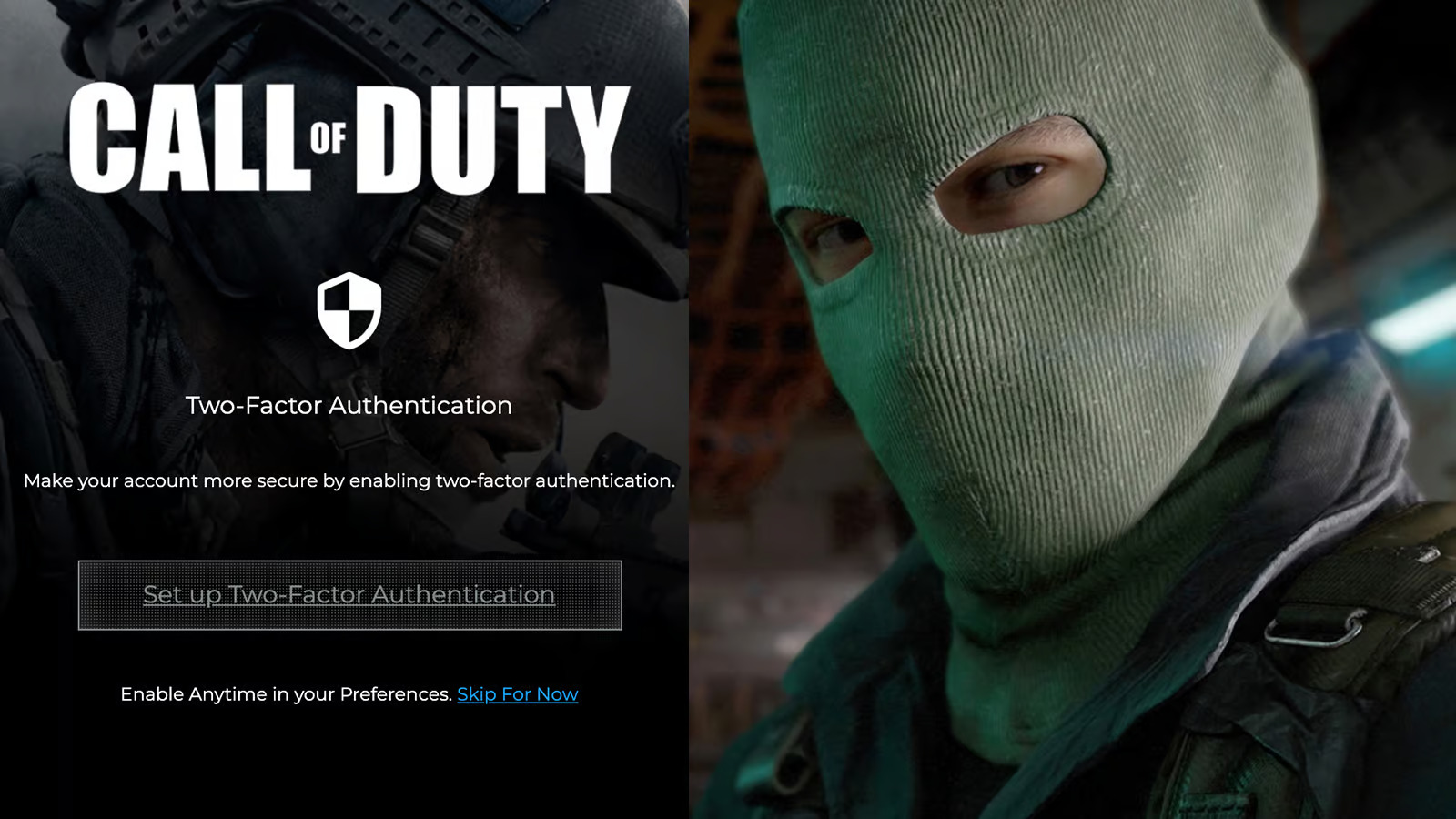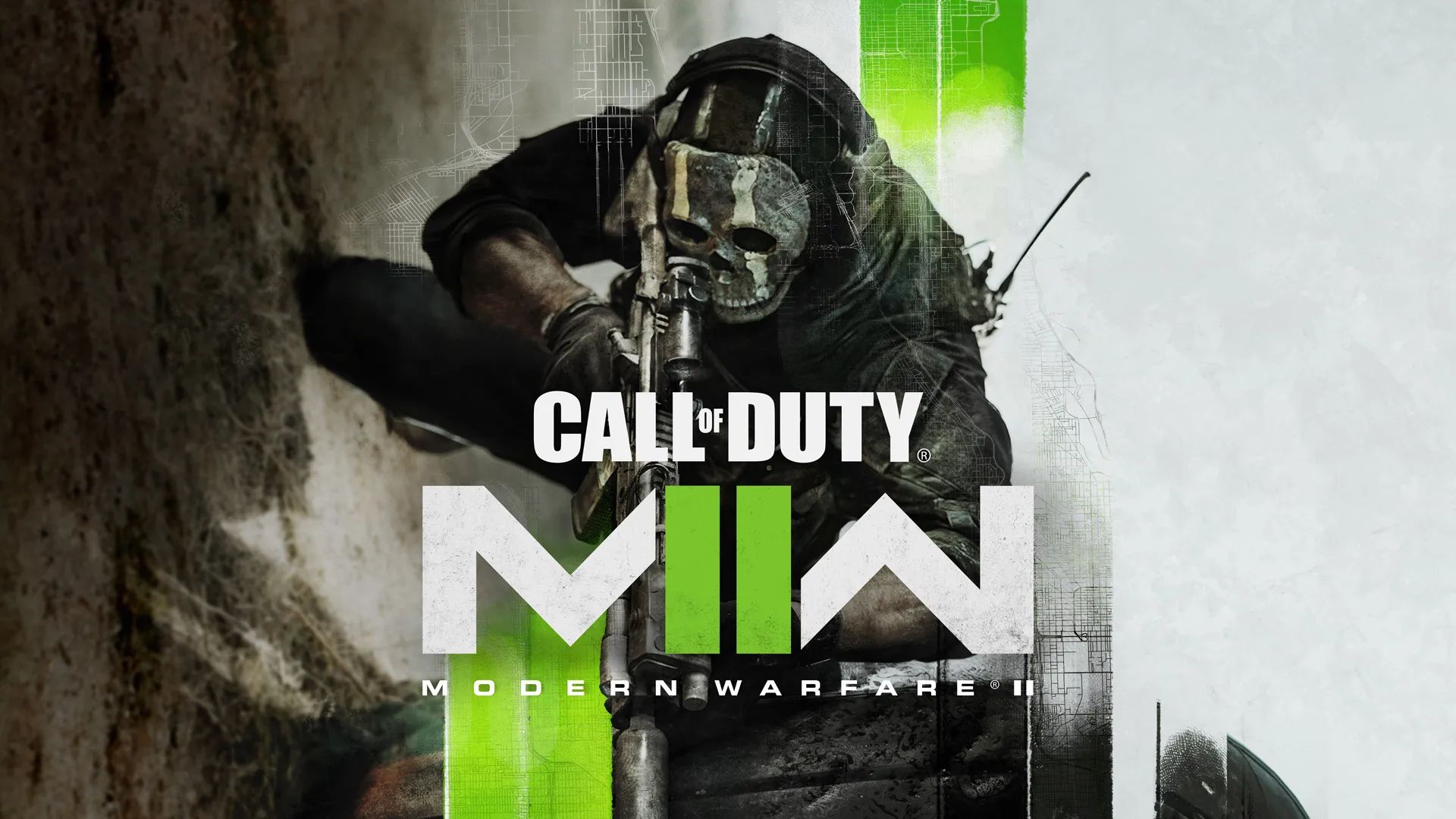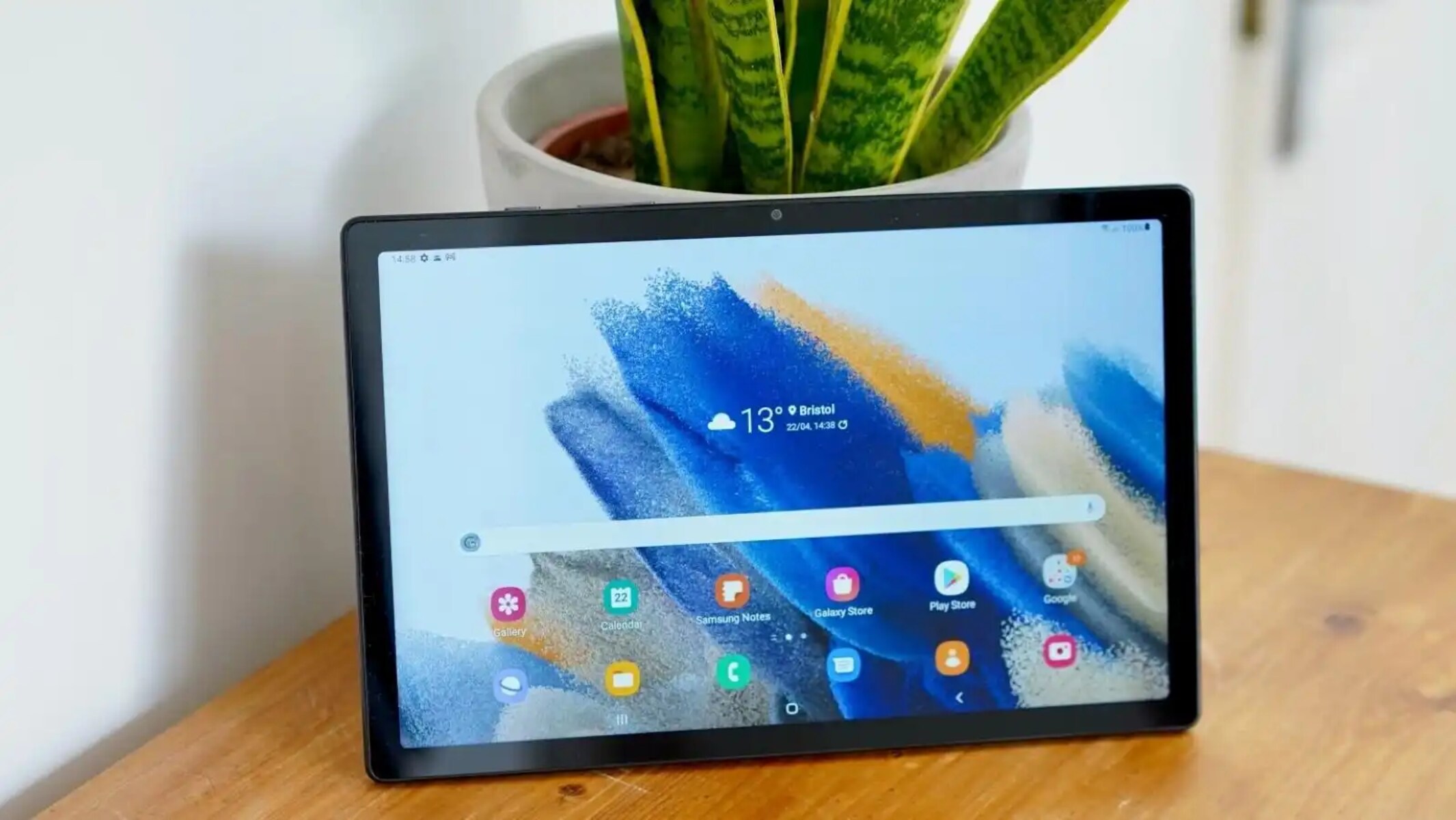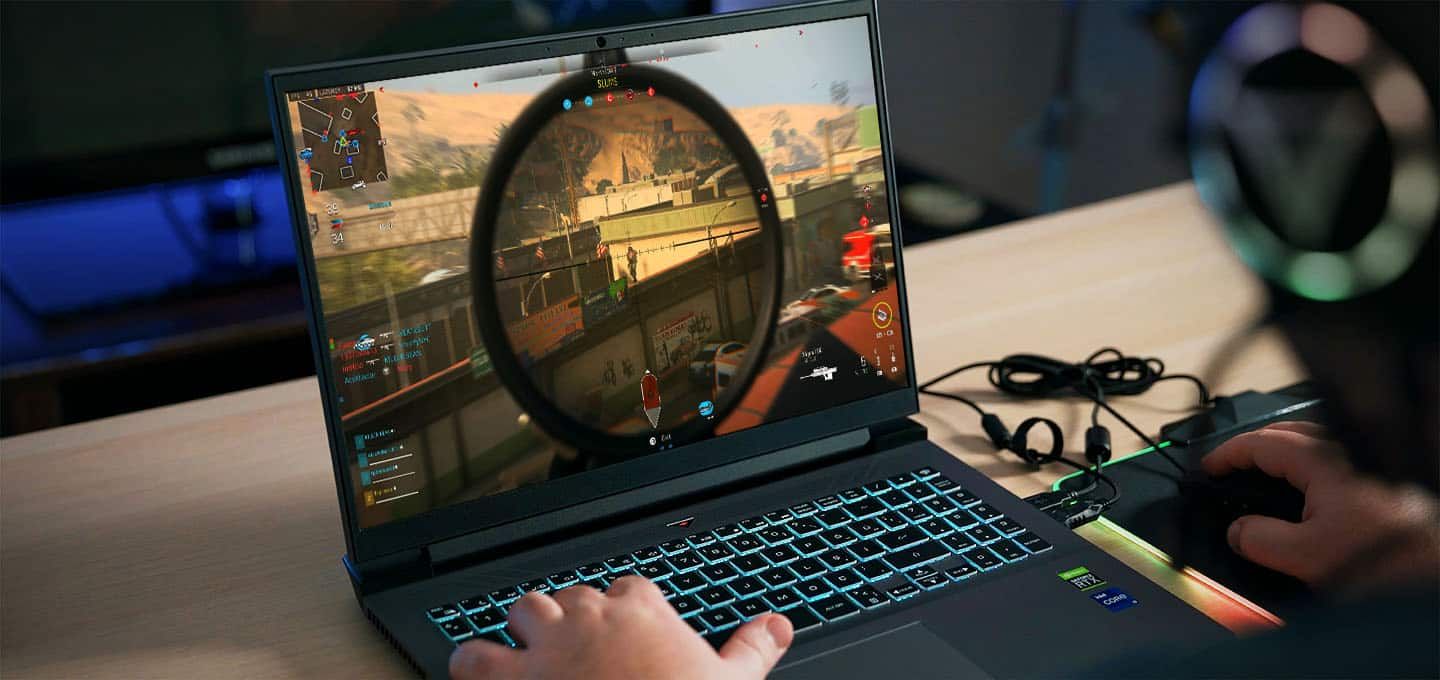Introduction
Welcome to the world of Call of Duty, where intense battles and thrilling missions await. As a player, you understand the importance of safeguarding your account and protecting your valuable progress and personal information. With the increasing number of cyber threats and hacking attempts, it’s crucial to add an extra layer of security to your Call of Duty account.
This is where Google Authenticator comes into play. Google Authenticator is a free app that provides two-factor authentication (2FA) for online accounts. It adds an extra step to the login process, ensuring that only you can access your account, even if someone manages to obtain your login credentials.
In this article, we will guide you through the process of setting up and using Google Authenticator for Call of Duty. By enabling two-factor authentication with Google Authenticator, you can enjoy peace of mind knowing that your account is better protected against unauthorized access.
Before we begin, it is important to note that Google Authenticator is just one of many authentication apps available. However, we have chosen to focus on Google Authenticator as it is a widely used and trusted app with a straightforward setup process.
Ready to take your Call of Duty account security to the next level? Let’s dive in and learn how to set up Google Authenticator for Call of Duty.
What is Google Authenticator?
Google Authenticator is a mobile app developed by Google that provides an additional layer of security for online accounts. It works based on the concept of two-factor authentication (2FA), also known as multi-factor authentication. 2FA adds an extra step to the login process, ensuring that only the authorized user can access the account, even if someone manages to obtain the login credentials.
When you enable Google Authenticator for an account, it generates a unique time-based one-time password (TOTP). This password changes every few seconds, making it virtually impossible for hackers to gain access to your account by guessing or stealing your traditional login information. The TOTP can only be obtained from the Google Authenticator app on your registered mobile device.
Google Authenticator supports a wide range of online accounts, including Call of Duty. By using Google Authenticator for your Call of Duty account, you add an extra layer of security, making it significantly more difficult for unauthorized individuals to gain access to your valuable gaming progress and personal information.
The Google Authenticator app is available for both Android and iOS devices and can be easily downloaded from the respective app stores. It is a lightweight and user-friendly app that does not require an internet connection to generate the authentication codes.
It is worth mentioning that while Google Authenticator is widely used and trusted, there are alternative authentication apps available, such as Microsoft Authenticator and Authy. However, for the purpose of this guide, we will focus on setting up and using Google Authenticator for Call of Duty.
Now that we have a basic understanding of Google Authenticator, let’s proceed to the next section to learn why it is important for securing your Call of Duty account.
Why is Google Authenticator important for Call of Duty?
Call of Duty is a popular online multiplayer game that attracts millions of players from around the world. With such a large player base, it’s no surprise that the game has become a target for hackers and cybercriminals. By enabling Google Authenticator for your Call of Duty account, you significantly enhance the security and protect your valuable gaming progress and personal information in several ways.
First and foremost, Google Authenticator adds an additional layer of protection to your login process. Even if someone manages to obtain your Call of Duty login credentials, they won’t be able to access your account without the TOTP generated by Google Authenticator. This greatly reduces the risk of unauthorized access and potential account hijacking.
Furthermore, Google Authenticator provides protection against various hacking techniques, such as phishing and keylogging. Phishing attacks involve tricking users into providing their login information on malicious websites that mimic legitimate ones. With Google Authenticator, even if you unknowingly fall victim to a phishing attack and enter your login credentials on a fake Call of Duty website, the hacker would still require the TOTP generated by Google Authenticator to gain access to your account.
In addition, Google Authenticator adds an extra layer of security to your Call of Duty account in case your password gets compromised. Unfortunately, data breaches and password leaks are not uncommon. If your password from another platform is leaked and you happen to use the same password for your Call of Duty account, having Google Authenticator enabled would prevent unauthorized access, as hackers would still require the unique TOTP generated by the app.
By setting up Google Authenticator for your Call of Duty account, you take a proactive step in safeguarding your gaming progress, virtual items, and personal information. It provides peace of mind knowing that your account has an added layer of security, reducing the risks of unauthorized access and potential loss or theft of your valuable assets. It’s a small effort that can have a significant impact.
Now that we understand the importance of Google Authenticator for Call of Duty, let’s move on to the step-by-step instructions on how to set it up.
Step 1: Download Google Authenticator
The first step in setting up Google Authenticator for Call of Duty is to download the app on your mobile device. Google Authenticator is available for both Android and iOS devices and can be easily installed from the respective app stores. Follow the instructions below to get started:
- Open the app store on your mobile device (Google Play Store for Android or App Store for iOS).
- In the search bar, type “Google Authenticator” and tap on the search icon.
- Locate the official Google Authenticator app from the search results and tap on it.
- Tap on the “Install” or “Get” button to download and install the app on your device.
Once the installation is complete, you will find the Google Authenticator app icon on your home screen or app drawer.
It is important to note that there are other authentication apps available, but for the purpose of this guide, we will focus on using Google Authenticator.
Now that you have successfully downloaded Google Authenticator, let’s move on to the next step, which is setting up the app for use with Call of Duty.
Step 2: Set Up Google Authenticator for Call of Duty
Now that you have downloaded the Google Authenticator app on your mobile device, it’s time to set it up for use with your Call of Duty account. Follow the step-by-step instructions below to get started:
- Open the Google Authenticator app on your mobile device.
- You will be prompted to set up Google Authenticator. Tap on the “Begin Setup” button.
- Choose the method for adding your Call of Duty account to the app. You can either scan the QR code or manually enter the provided key. For scanning, tap on the camera icon and align the QR code within the frame. For manual entry, tap on the “Enter provided key” option and type in the key manually.
- If you choose to scan the QR code, aim your device’s camera at the QR code provided during the Call of Duty account setup process. The app will automatically detect and add the account.
- If you choose to enter the key manually, type in the key provided during the Call of Duty account setup process and tap on the “Add” or “Done” button.
- Once the account is added, the Google Authenticator app will generate a unique time-based one-time password (TOTP) for your Call of Duty account.
It is important to ensure that the time on your mobile device is synchronized correctly for the TOTP to work accurately. The Google Authenticator app handles the synchronization automatically, but it’s always recommended to check the time settings on your device to avoid any discrepancies.
Once you have completed the setup process, you are now ready to enable two-factor authentication on your Call of Duty account and link it to Google Authenticator. This will be covered in the next step.
Step 3: Enable Two-Factor Authentication on Call of Duty
With the Google Authenticator app set up on your mobile device, it’s time to enable two-factor authentication (2FA) on your Call of Duty account. Two-factor authentication adds an extra layer of security to your account by requiring a code from the Google Authenticator app in addition to your login credentials. Follow the steps below to enable two-factor authentication on Call of Duty:
- Open a web browser on your computer or mobile device and visit the official Call of Duty website.
- Sign in to your Call of Duty account using your login credentials.
- Navigate to the account settings or security settings section of your Call of Duty account. The exact location may vary depending on the website layout.
- Look for the option to enable two-factor authentication or similar security features. It may be labeled as “2FA,” “Two-Step Verification,” or something similar.
- Follow the on-screen instructions to enable two-factor authentication on your Call of Duty account.
- You will be prompted to enter the six-digit verification code from the Google Authenticator app.
- Open the Google Authenticator app on your mobile device and locate the code generated for your Call of Duty account.
- Type the code into the verification field on the Call of Duty website.
- Once the code is verified, two-factor authentication will be enabled on your Call of Duty account.
Enabling two-factor authentication provides an additional layer of security to your Call of Duty account, ensuring that only the authorized user can access it. With two-factor authentication enabled, you will be required to enter a code from the Google Authenticator app every time you log in, providing an extra level of protection against unauthorized access.
Now that you have enabled two-factor authentication on your Call of Duty account, it’s time to link it to Google Authenticator, which will be covered in the next step.
Step 4: Link Google Authenticator to Call of Duty
Now that you have enabled two-factor authentication on your Call of Duty account, the next step is to link it to Google Authenticator. This will ensure that the codes generated by the app are synchronized with your Call of Duty login process. Follow the steps below to link Google Authenticator to your Call of Duty account:
- Open the Call of Duty website on a web browser.
- Sign in to your Call of Duty account using your login credentials.
- Navigate to the account settings or security settings section of your Call of Duty account.
- Look for the option to link or connect Google Authenticator to your account.
- Follow the on-screen instructions to link Google Authenticator.
- The website will provide a QR code or a key to be entered in the Google Authenticator app.
- If using a QR code, open the Google Authenticator app on your mobile device, tap on the camera icon, and scan the QR code displayed on the website.
- If entering a key manually, open the Google Authenticator app, tap on the ‘+’ button to add a new account, and enter the key provided on the website.
- Once the QR code or key is successfully scanned or entered, the Call of Duty account will be linked to Google Authenticator.
By linking Google Authenticator to your Call of Duty account, the app will generate unique codes that you will need to enter every time you log in. These codes are time-based and change every few seconds, providing an additional layer of security to your account.
Make sure to keep your mobile device with the Google Authenticator app handy whenever you want to log in to your Call of Duty account. Without the code generated by the app, you will not be able to complete the login process.
Now that you have successfully linked Google Authenticator to your Call of Duty account, let’s move on to the final step, where you will verify the two-factor authentication using Google Authenticator.
Step 5: Verify Two-Factor Authentication with Google Authenticator
In this final step, you will verify the two-factor authentication setup by using the Google Authenticator app to provide the required verification codes for logging in to your Call of Duty account. Follow the instructions below to complete the verification process:
- Open the Call of Duty website or launch the Call of Duty mobile app.
- Enter your login credentials (username and password) as you normally would.
- After entering your credentials, you will be prompted to enter a verification code.
- Open the Google Authenticator app on your mobile device.
- Locate the code that is currently being generated for your Call of Duty account in the app.
- Type the six-digit verification code from the Google Authenticator app into the verification field on the Call of Duty website or mobile app.
- Click on the “Verify” or “Login” button to complete the login process.
- If the code is entered correctly, you will be granted access to your Call of Duty account.
Remember that the verification code generated by Google Authenticator changes every few seconds. It is important to use the current code displayed in the app during the verification process. If the code expires before you can enter it, simply wait a few seconds for a new code to be generated and try again.
Verifying the two-factor authentication with Google Authenticator adds an extra layer of security to your Call of Duty account. It ensures that only individuals with both your login credentials and access to your mobile device with the Google Authenticator app can gain access to your account.
Congratulations! You have successfully set up and verified Google Authenticator for your Call of Duty account. Your account is now better protected against unauthorized access and potential security breaches.
From now on, whenever you log in to your Call of Duty account, make sure to have your mobile device with Google Authenticator nearby to provide the required verification code. Enjoy your secure gaming experience!
Conclusion
Congratulations on completing the process of setting up Google Authenticator for your Call of Duty account. By enabling two-factor authentication and linking it to Google Authenticator, you have taken an important step towards enhancing the security of your account.
Google Authenticator provides an additional layer of protection by requiring a unique time-based one-time password (TOTP) generated by the app. This means that even if someone manages to obtain your login credentials, they won’t be able to access your account without the TOTP from Google Authenticator.
Throughout this guide, you have learned how to download and set up Google Authenticator, enable two-factor authentication on your Call of Duty account, and link Google Authenticator to your account. By following these steps, you have significantly reduced the risk of unauthorized access and potential account hijacking.
Remember to keep your mobile device with the Google Authenticator app secure and within reach whenever you log in to your Call of Duty account. With two-factor authentication in place, you can enjoy peace of mind knowing that your gaming progress, virtual items, and personal information are better protected.
Setting up Google Authenticator for Call of Duty is just the beginning. It is important to stay vigilant and practice good account security habits, such as creating strong and unique passwords, avoiding suspicious links or downloads, and regularly updating your login credentials.
Thank you for taking the time to follow this guide and invest in the security of your Call of Duty account. Now you can fully immerse yourself in the thrilling battles and adventures that await you in the game, knowing that your account is better protected against cyber threats.

























